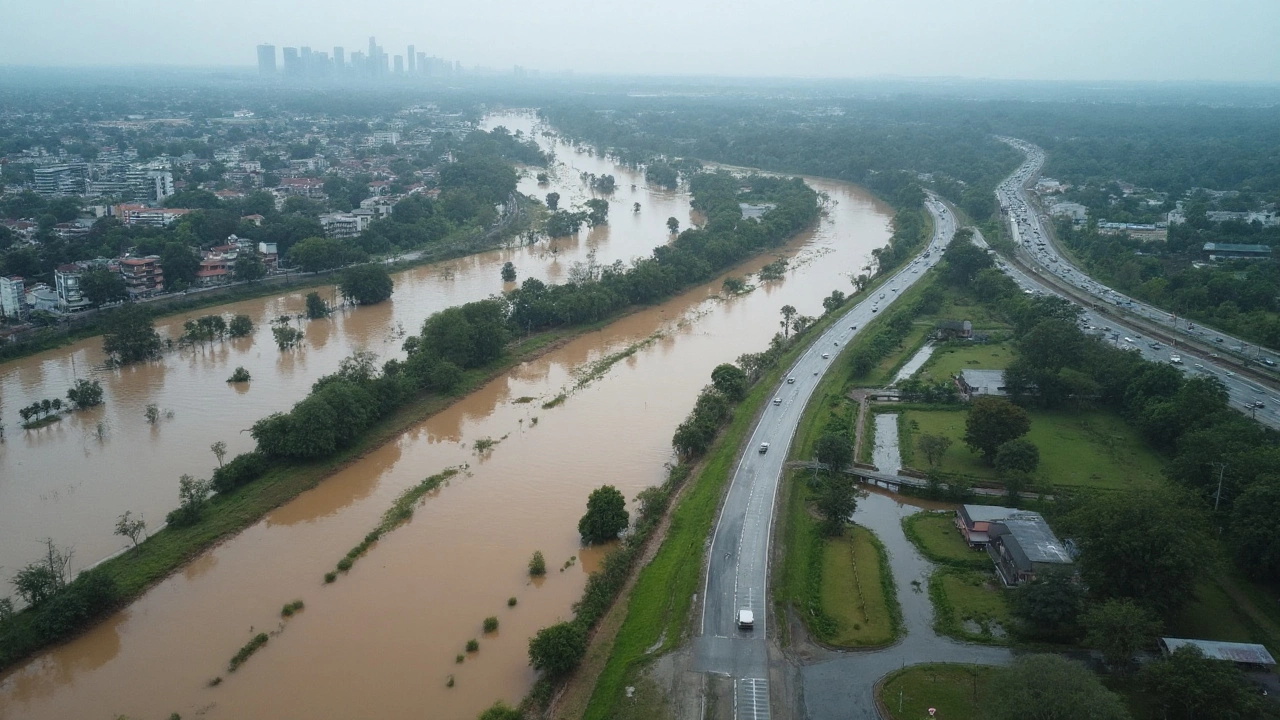Climate Data: What It Is and Why It Matters
Ever wondered what all those temperature charts and CO₂ graphs really show? In plain terms, climate data is the collection of numbers that describe the Earth’s weather over long periods. It includes daily highs and lows, rainfall totals, sea‑level changes, and greenhouse‑gas levels. Knowing this data helps us see patterns, predict future conditions, and decide how to protect our planet.
Where to Find Reliable Climate Data
Finding trustworthy data is easier than you think. Government agencies like the UK Met Office, NOAA in the US, and the European Copernicus Climate Service publish free datasets that cover everything from local temperature trends to global satellite observations. If you need a quick snapshot, sites such as climate-data.org or the World Bank’s climate portal let you pull charts with a few clicks. For deeper research, look for peer‑reviewed climate journals or university repositories that host raw data files and detailed methodology.
When you browse these sources, pay attention to “metadata” – the notes that explain how the numbers were collected. Good metadata tells you the time span, measurement tools, and any adjustments made. That way you can avoid mixing incompatible datasets and get a clear picture of what’s really happening.
How to Use Climate Data in Everyday Life
You don’t need a PhD to turn climate data into useful insights. If you’re a homeowner, checking local temperature trends can guide decisions about insulation or solar panels. Farmers often look at rainfall forecasts and historical drought patterns to plan planting schedules. Even city planners rely on sea‑level rise data to design flood‑resilient neighborhoods.
For a quick personal project, download a CSV file of monthly average temperatures for your city and plot it in a spreadsheet. You’ll likely see a steady rise over the past few decades – a clear hint of warming. Combine that with precipitation data, and you can spot whether summers are getting drier, which may affect garden choices or outdoor activities.
Businesses also use climate data to assess risk. Insurance firms model the likelihood of extreme weather events, while energy companies examine wind speed trends to locate new wind farms. Understanding the numbers helps them make smarter investments and protect customers.
In short, climate data is a powerful tool that’s more accessible than ever. Start with a reliable source, check the metadata, and think about how the trends affect your life or work. By staying informed, you’ll be better equipped to make decisions that keep you ahead of the weather and support a healthier planet.

After the Trump administration shut down key federal climate websites and removed National Climate Assessment reports, scientists, librarians, and advocates launched an emergency rescue effort. Universities mirrored datasets, legal groups won early court orders on health sites, and archivists preserved millions of records. The fight now is about access, continuity, and who controls public science.
Continue Reading





